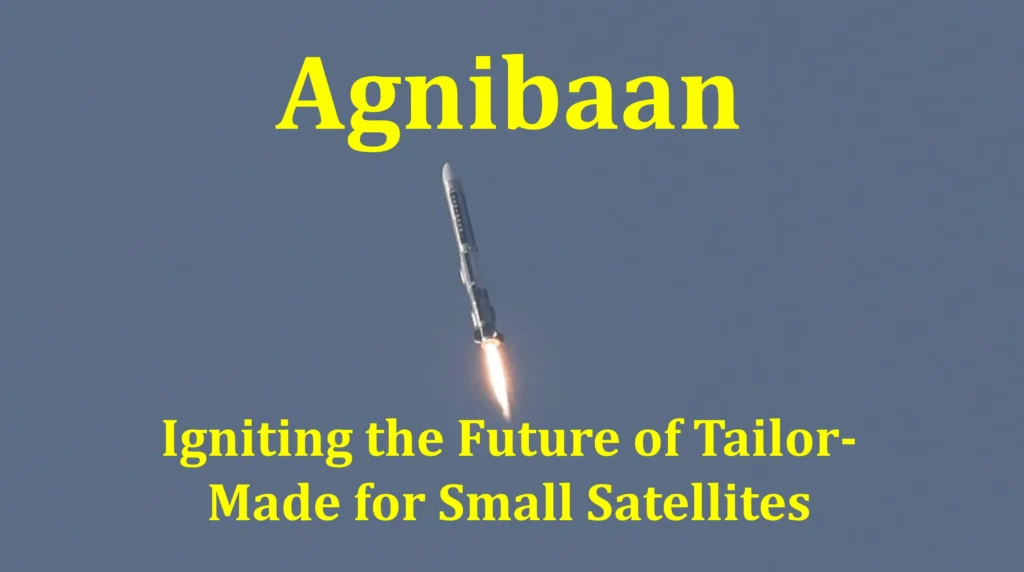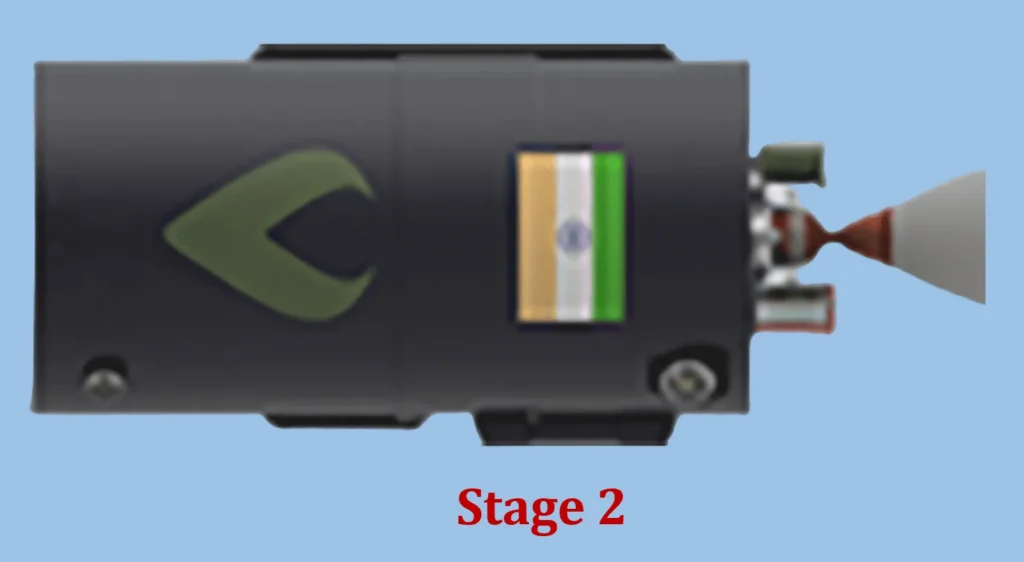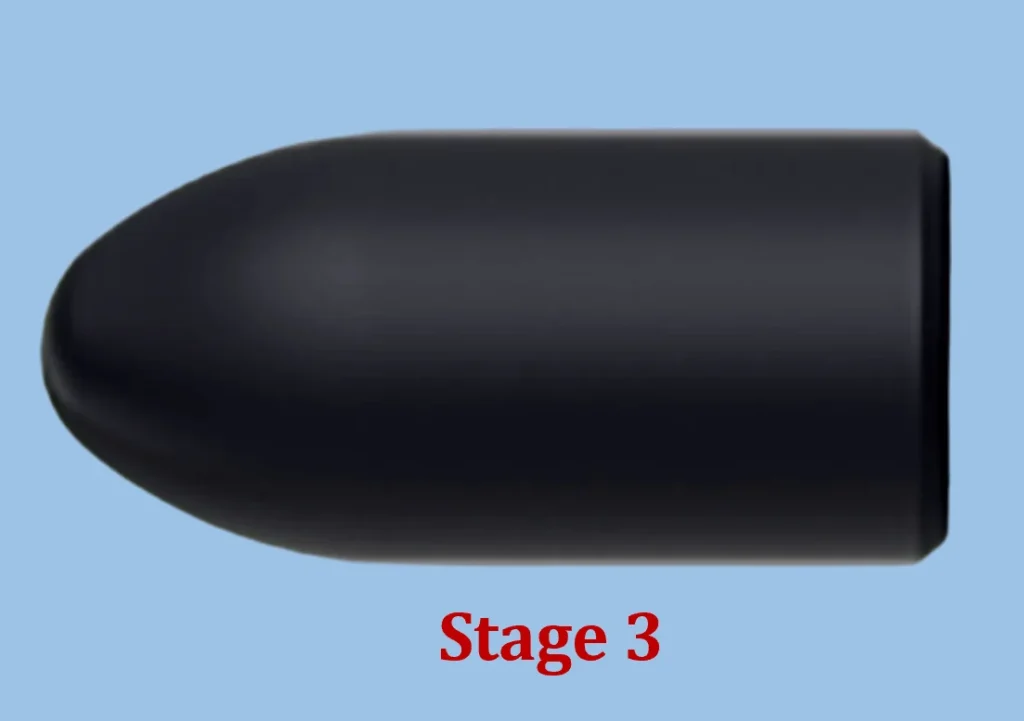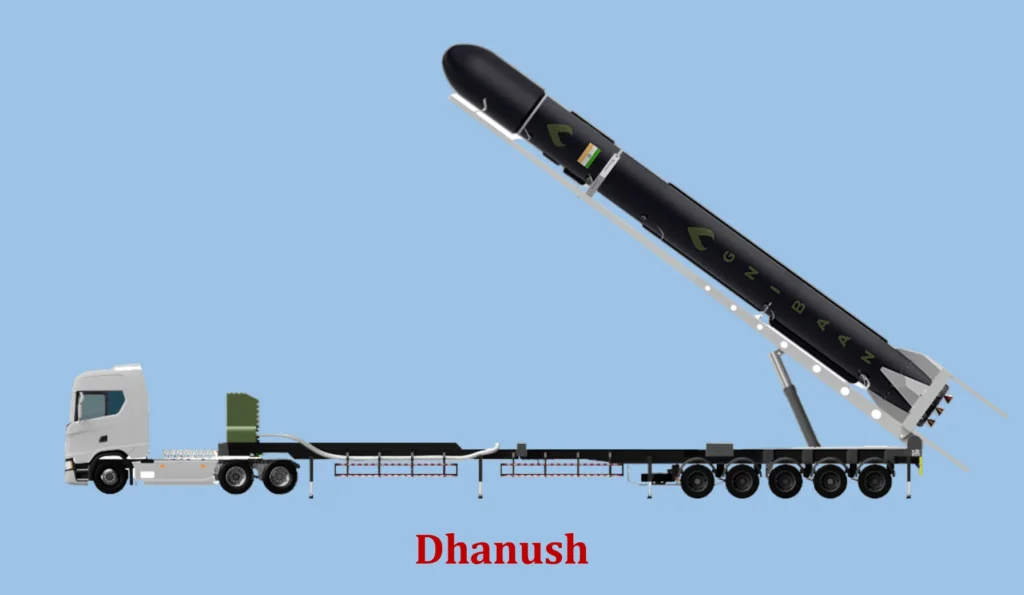
Introduction
Agnikul Cosmos has ignited the skies with their remarkable achievement! Successfully launching the Agnibaan SOrTeD (Suborbital Technological Demonstrator) on 30th May 2024 at 0715 hrs from its own launchpad within the Satish Dhawan Space Centre (SDSC) is a momentous feat.
Agnikul Cosmos, a space technology startup based in Chennai, India, is revolutionizing the small satellite launch industry with its innovative rocket, Agnibaan. This mobile small lift launch system is designed to place a 100 kg (220 lb) satellite into a 700 km (430 mi) orbit, offering a cost-effective and flexible solution for the growing demand in the space sector. Let’s break down the cosmic fireworks in this blog post.
Uniqueness of this Launch
- Private Launch Pad: It is the first rocket to soar from a private launch pad. Imagine the anticipation as it stood there, ready to pierce the heavens!
- Semi-Cryogenic Engine Flight: This launch marks India’s first semi-cryogenic engine flight. The fusion of cutting-edge technology and ambition propels us into the future.
- World’s First 3D Printed Engine: Agnikul’s single-piece 3D printed engine is a marvel. Designed and built indigenously, it’s a testament to human ingenuity.
Agnibaan: A Customizable Rocket
It is a highly configurable vehicle that caters to the specific needs of its customers. The team at Agnikul Cosmos carefully analyzed the requirements of the market and engineered flexibility into the rocket’s design while ensuring reliability. The rocket can be customized by removing or adding engines, allowing for a range of payload capacities and mission profiles.
Innovative Design and Manufacturing
It stands out for its innovative design and manufacturing process. The rocket is 18 meters long with a diameter of 1.3 meters and a lift-off mass of 14,000 kg (31,000 lb). The entire combustion section of the rocket is a single-piece assembly and is fully 3D printed, showcasing the company’s commitment to advanced manufacturing techniques.
Powerful Propulsion System
Stage 1

The first stage of it is powered by seven Agnite engines, each delivering 25 kN of thrust at sea level. These electric pump-fed engines simplify the design and enable versatile clustering architectures, allowing for a sea-level Isp of 285 seconds.
Stage 2

The second stage of it features the Agnite vacuum-optimized engine, delivering up to 355 seconds of Isp in a vacuum. This stage ensures refined propellant utilization techniques for enhanced payload capacity.
Stage 3 (Baby Stage)

Additionally, an optional baby stage is included inside the payload fairing to accommodate small satellite needs effectively.
Mobility and Flexibility

Agnikul Cosmos has designed the launch pedestal, named “Dhanush,” to support the mobility and flexibility of Agnibaan. Dhanush is built with durability and transportability in mind, allowing the rocket to be launched from multiple locations around the world. This feature enables Agnibaan to adapt to various mission requirements and launch site constraints.
Agnibaan’s Purpose
It is meticulously designed to cater to the burgeoning demand for small satellite launches. In the rapidly evolving space industry, where miniaturization of technology is key, it emerges as a versatile and powerful player.
Payload Capacity and Versatility
It can gracefully ferry payloads of up to 300 kg into a 700 km low Earth orbit (LEO). This capacity makes it an ideal choice for a variety of missions, including scientific research, earth observation, and commercial satellite deployments. Imagine a celestial courier service, efficiently and reliably delivering small satellites to their designated orbits, enabling a myriad of applications from climate monitoring to global communications.
Addressing Market Needs
The small satellite market is growing exponentially, driven by advancements in technology and the need for more frequent, cost-effective access to space. Traditional launch vehicles often cater to larger payloads, leaving smaller satellites to hitch rides as secondary payloads, which can lead to delays and less optimal orbits. It addresses this gap by providing dedicated launches for small satellites, ensuring timely and precise deployments.
Customizable Launch Configurations
It’s design allows for high customization based on the specific needs of each mission. Whether it’s a single satellite or a constellation of small satellites, it’s flexible architecture can be adapted to accommodate various payload configurations. This adaptability ensures that customers can optimize their missions without the constraints imposed by fixed launch parameters.
Cost Efficiency and Accessibility
By focusing on small satellites, Agnibaan also brings down the cost of access to space. The use of advanced manufacturing techniques, such as 3D printing for its engines and components, reduces production costs and time. These savings are passed on to the customers, making space more accessible to a wider range of players, including startups, research institutions, and even educational entities.
In essence, Agnibaan is not just a rocket; it is a bridge to the stars for small satellites, offering a dedicated, reliable, and cost-effective solution to meet the demands of the modern space industry. Whether for scientific discovery, commercial ventures, or global connectivity, Agnibaan stands ready to deliver payloads with precision and efficiency, truly embodying the spirit of a celestial courier service.
Achievements and Future Plans
Milestones and Collaborations
Agnikul Cosmos has marked significant achievements, including signing a Non-Disclosure Agreement (NDA) with the Department of Space and partnering with Alaska Aerospace Corp. for test launches. While initial plans aimed for a 2021 launch, the company has now made a successful launch from India’s Sriharikota rocket port on 30th May 2024. The controlled vertical ascent flight met all its objectives. Agnikul Cosmos must have breathed a collective sigh of relief as they monitored every heartbeat of the rocket.
ISRO’s Applause
The Indian Space Research Organisation (ISRO) showered accolades. They called it a major milestone—a semi-cryogenic liquid engine, born through additive manufacturing. A cosmic birth, if you will. ISRO’s chairman, Dr. S Somanath, sees beyond the stars. This launch inspires ISRO to nurture space startups and non-governmental entities. ‘Atmanirbharata’—self-reliance—is the cosmic mantra.
Future Projects
Agnikul Cosmos aims to revolutionize the small satellite launch industry by providing a reliable, cost-effective, and flexible solution. The company plans to test launch Agnibaan before the end of 2024 from India’s rocket port Sriharikota, operated by the Indian Space Research Organisation (ISRO). With its innovative approach and commitment to excellence, Agnikul Cosmos is poised to become a key player in the global space industry.
Long-Term Vision
Agnikul Cosmos envisions a significant role in global space exploration, contributing to advancements in telecommunications, earth observation, and space research. The company’s innovative approaches and successful launches are expected to drive economic growth in India and position the country as a leader in space technology.
Conclusion & FAQs
In conclusion, Agnibaan’s innovative design and Agnikul Cosmos’s strategic collaborations and future plans highlight the company’s potential to revolutionize small satellite launches and make significant contributions to global space exploration and the Indian economy.
Frequently Asked Questions (FAQs)
What is Agnibaan?
Agnibaan is a mobile small lift launch system developed by Agnikul Cosmos, a space technology startup based in Chennai, India. Its purpose is to launch a 100-kilogram (220 lb) satellite into an orbit that is 700 km (430 mi) in length.
What is the payload capacity of Agnibaan?
Agnibaan can carry a payload of up to 100 kg (220 lb) into a 700 km (430 mi) orbit.
What is the length and diameter of Agnibaan?
Agnibaan is 18 meters (59 feet) long and has a diameter of 1.3 meters (4.3 feet).
What is the lift-off mass of Agnibaan?
Agnibaan’s lift-off mass is 14,000 kg (31,000 lb).
How does Agnibaan’s propulsion system work?
Agnibaan has three stages, each with a unique propulsion system. The first stage is powered by seven Agnilet engines, each delivering 25 kN of thrust at sea level. The second stage uses a vacuum-optimized version of the Agnilet engine, which is capable of delivering up to 355 seconds of specific impulse (Isp) in a vacuum. The rocket uses liquid oxygen and kerosene as its oxidizer and fuel.
What is the specific impulse (Isp) of Agnibaan’s engines?
The specific impulse (Isp) of Agnibaan’s engines is 285 seconds at sea level and up to 355 seconds in a vacuum.
Is Agnibaan a customizable rocket?
Yes, Agnibaan is a highly configurable vehicle that can be customized by removing or adding engines to cater to specific payload capacities and mission profiles.
What is the launch pedestal for Agnibaan?
The launch pedestal for Agnibaan is called “Dhanush.” It is designed to support the mobility and flexibility of Agnibaan, allowing it to be launched from multiple locations around the world.
